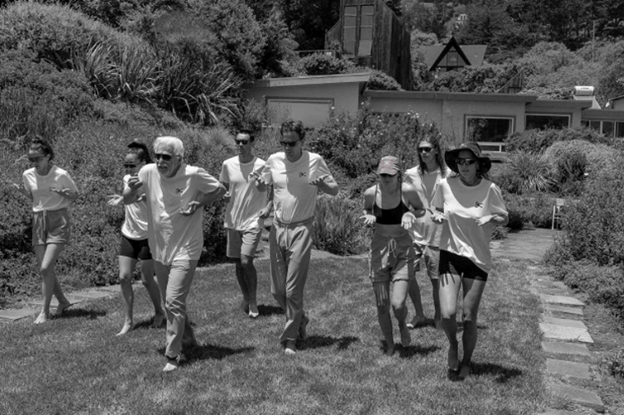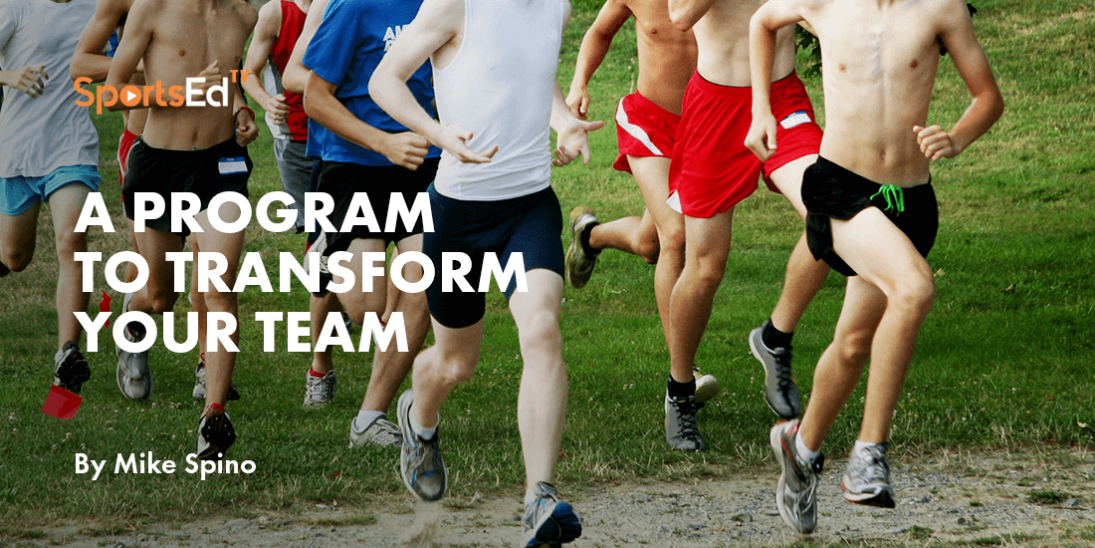Health, Running
Welcome and thanks for visiting...

Breathing and Running

Breathing is thought of as a natural, unconscious process, however, in running it is more diverse than what may first be imagined.
Most runners think that when you run one gets out of breath, and then forced to slow down or stop. Breathing is more volitional, and there are many dimensions in the way it can function. First, the exhale is the key factor and is more impactful on breathing than the inhale.
Try this little experiment to reveal how and why this is so. Start by standing stationary and exhaling from the belly area of your body. Then wait, and when next you inhale, raise your shoulders for full aeration and recognize the full capacity of your lungs.
This little breathing exercise provides a little introduction to the diversity for breath, and a first step into the amazing functions of breathing while running.
My coach, the legendary Percy Wells Cerutty, of Australia, concentrated on breathing as a tool for increasing endurance. The problem for most runners is that they have little awareness of how their lungs, the powerhouse within one's running physiology, are working, and therefore have no tools to ward off fatigue when it is occurring. The techniques that follow will add a lot to your breathing capacity while running.
Breathing: The Tidal Breath
Breathing can be thought of as a series of ocean waves. Watch them gain knowledge from nature. They come to shore with different forces and velocities, no two are the same.
The ebb and flow of the tides, each unique, and malleable, teach us about the comparability of life in all its moods and potentialities.
Watch the workshop section of one of my websites and you will see both a Cerutty athlete doing practices to train for breathing and then a woman (actually my daughter) doing a tidal breath.
Also, look at the photograph from the workshop I did with Michael Murphy and District Vision a few summers ago. It demonstrates how the tidal breath is accomplished. It is also enormously effective for beginning runners. The picture attached of my class doing a tidal breath is instructional.

Tidal breathing is applied during an interval about halfway in at what we call the acceleration point. To do it while running, first, exhale and then take a breath in unison with allowing your arms to come up your sides to a point at the top of your diaphragm; then hold it for a split second and then turn your hands to the ground allowing yourself to thrust you forward.
It is important to keep the arms close to your sides (like in the photograph) having arms coming up like an elevator and then release and push forward. Your heart range will be increased as you thrust forward. The movement should be streamlined and not make forward movement more cumbersome or hold you back from the acceleration. So close to the sides and up raising the shoulders and when your lungs are full exhale and let yourself thrust forward.
Additionally, when running along in a race, the tendency when tiring is to gasp for breath, however, this impends rather than assists. It is better to exhale and place your awareness below your navel and wait for the inevitable inhale to replenish your lungs. When doing this let the breath come naturally into your abdomen, rise into your diaphragm and then chest, and ‘sigh' thereby warding off the anaerobic debt.
Remember, it is not a linear passage to the anaerobic threshold where lactic acid presumably slows forward motion. Consciousness and breathing techniques, can ward off fatigue. Too many runners believe running should be a silent endeavor without much sound and at a constant tempo until tired.
The opposite is true and another technique that increases the exercise heart range and is fun,( in workshops it always makes the group laugh together) is called 'the surge' and is done by making a sound in the epiglottis to thrust forward thereby increasing the heartbeat into the upper part of the exercise heart range.
Having to Double in a meet or running at altitude: Also, a breathing exercise to do before a race or hard practice that helps those with exercise asthma. During the 1968 Olympics in Mexico City, distance runners were worried about the altitude of 6,800 feet. Should one come early to acclimate or right before the meet and hope the altitude doesn't have a major effect.
This was a challenge Dr. Carl Strough faced with his experiments with the Yale track team. Again, lactic acid is not a straight line.
What Strough (called Dr. Breath) simple exercise is to increase the number of counts you can have with an exhale. Here is how it works:
If you let all the air out of your lungs, during a prone position on the floor, and then fill them up and count it is easy to hit 30 or 40 numerically (you are exhaling while you breathe) and then slightly force the rest of the breath out. After that is accomplished, fill up your lungs in increments of 10 and exhale letting the rest of the air out. Usually about at the number between 60 or as much as 80 no more breath can be expelled anymore, and you have gone through the ranges of breath accomplished I have found this an effective technique to do especially between races if one is doubling in two events. It relaxes the lungs and has them “practice” breathing and getting one’s lungs ready, much as a singer finds the place in its breath from which to hit any high pitches.
Remember breathing is most recuperative when starting from the belly. Some coaches talk about surface breathing as a way to quickly get air into the lungs for a quick renewal. It is helpful in some situations, although my practice with runners is to help them determine how they can empty their lungs, to make the inhale more recuperative. I teach this as a recovery, abet, it is called Standing Breathing Recovery, and I have videos on my websites to see how it is accomplished.
The fantastic thing with intervals is that it is beneficial to stop and start again with rest periods that allow for the recovery sought. I recommend runners do a Standing Breath Recovery amidst a run with maybe a few segments, like doing 3 sets of ten-minute intervals. The runner can combine this method with what I call the Full Body Recovery which is recommended after the workout is complete to check the body for tightness and/or potential injuries. These two methods can be done together by utilizing visualized color while tightening and relaxing the muscles and ligaments of the body.
Particular focus areas can be done in these exercises by tightening and relaxing parts of your body. On the release let the body part or area relax. For instance, like "scrunching" the feet and imagining colors into areas that might be tight or slightly painful. Follow throughout the body like bending one's knees and straightening and concentrating breath and color into the hamstrings and then the abdomen, chest, and upper diaphragm.
Finding areas of your body to concentrate upon is also helpful at the end of a race to be helpful when one wants to concentrate their energy in the middle of the body and run with shortened one’s strides (help you from over striding), visualizing the finish line and being pulled towards it; even with soft eyes towards your goal. You see running is not just arms and thighs it is the whole body and especially what is transpiring in your mind’s eye as you shift mentally and physically between mind and body.
For instance, "holding your face in a warrior's sensibility can be done by concentrating just below the eyes and letting one's countenance be strong and fearless. As you are now seeing running is not one-dimensional, a lot is happening.
In conclusion, thank you for these considerations of varied breathing styles. Now you see that it is one of the most malleable aspects of the running body. Understanding your mind/body connections is one of the bits of help to integrate your running. Doing mind/body running exercises melds your unity. We recommend a form of periodic training to sequence what you can do in each training segment. Begin with full-body recovery, and relaxation exercises, and then move towards guided imageries and event rehearsals just before you race.
The semblance of unity the runner seeks towards their ideal experiences is a combination of proper interval training in sequences from conditioning to speed and racing and mental training that matches the training cycles you are accomplishing. I hope this article has given some insight into the functions that are optimum for peak experiences.





